4 Simple Ways to Ensure Your Partner Loves Cycling
This is a long, but important post. EZ and I often field the question about whether we both cycled so much when we met, and the answer is not really. She already enjoyed long greenway rides with the family, but she didn’t even have a bicycle in Charlotte, at first. As our friendship and riding evolved, I identified the key failure points when introducing your partner / spouse to riding. Outlined below is an incredible summary for how to make sure your partner loves cycling – or at least tolerates it.
Picking up my 1994 Dyno Nitro BMX bike was a pretty big life event for me at age 12. It was my dream bike, and I rode it everywhere. I cut my teeth trail riding in the dried up creek-beds webbing across the undeveloped land around our neighborhood in North Texas. Fifteen years later, I had no problem flying down the rocky, root-laced trails of North Carolina.
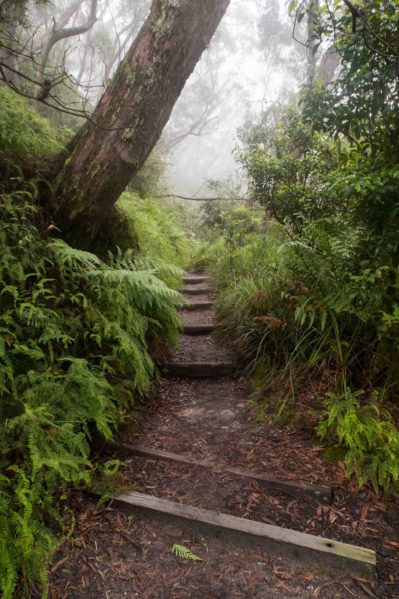
I have a lifelong love of riding bicycles, and it was important my partner love to ride as well. Unfortunately, my perfect match did not come pre-loaded with the internal software for technical trail riding and long road rides, but she did come with a passion for being outside and a love for family rides on the greenways of North Carolina.
I could work with that. With her love of nature, trail-riding will totally be her thing, right?
Wrong. It is technical and challenging, both of which she embraces, but it also bears a certain level of risk, depending on the trail. She happens to be a bit too risk-averse reasonable to barrel through the woods at top speed over rocks, roots and other perils. I, on the other hand, was at home with this kind of riding.
Fortunately the road bikes were my breakthrough point.
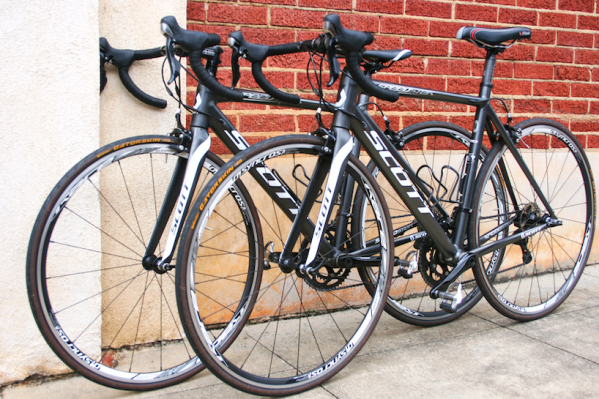
We decided to train for a triathlon together, and it was a long enough distance require road bikes (tri-bikes were a bit too much for us). Learning to ride on the road together helped me see where I was failing when it came to trail riding and bike-commuting. It largely had to do with speed and togetherness.
Looking back it is easy to see why so many cycling forum posts are from or about disgruntled new riders learning more intense trail or road riding with their partners. The story generally goes, more experienced rider takes off, stops, and waits for “slow” rider to catch up. Then they do it over again. This is standard form on most of the “no-drop” group trail rides I joined. The leader stops at every confusing intersection or turn, and waits for everyone to catch-up. If it is a route around town, the waiting happens at the top of a steep hill.
This leads to the seasoned rider racing up “rolling” hills, and then watching their partner walk or painfully inch up the incline. Even worse, sometimes proficient cyclists work in some hill repeats so the new rider has a chance to really feel bad about their speed and fitness level.
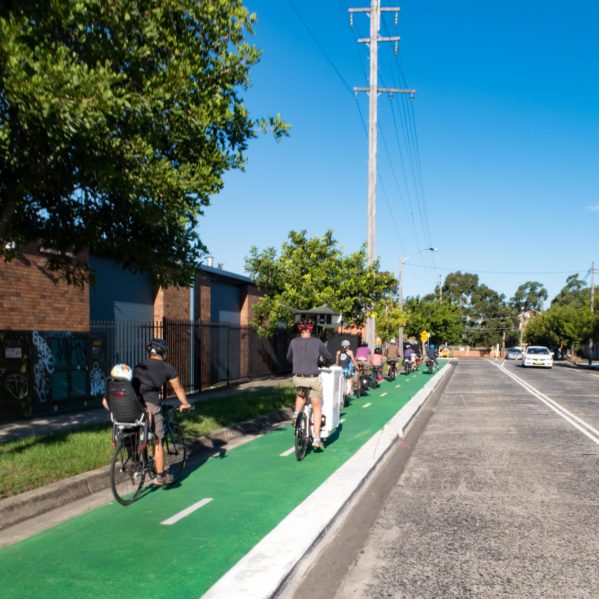
If this sounds discouraging, it is. Many avid cyclists do this, and many of us do it because it is how we learned to ride. It worked for us because we already had the passion and drive to really want it, and we happily chased down the pack, earning our spots further toward the front of the group. There was a pride in being able to hang at the front of the pack.
If your partner has not done this already, it is likely because they lacked intense interest in cycling. Now they’re interested in you, so they are interested in riding, WITH YOU!
They are not excited to chase you down, feel inferior, or cycle alone and uncomfortable on the trail / road / path. They want to spend time with you, riding along side you, laughing, and smiling in the dappled sun of the path. It should be Instagram worthy instead of meme material. The next part of this is pretty logical, dare I say stupid simple.
What is does require is a significant sacrifice for any avid rider: SLOW DOWN.
It really is that easy. Why? Because riding a bike is easy. Your partner doesn’t need to you show them all the best tips, tricks, gear, and techniques. They need you to ride next to them, while they log the hours you already spent becoming comfortable riding on trails, in city traffic, or wherever else you like to ride.
If they had the interest in chasing down faster bike riders, they wouldn’t need your help. Cyclists have a tendency to be hyper-competitive, arrogant, and self-centered. This peaks in two groups, sleek, lycra-clad, and grungy hipsters. Either way, don’t try to be one of the cool riders you chased down when learning. Be the person your partner wants to spend time with.
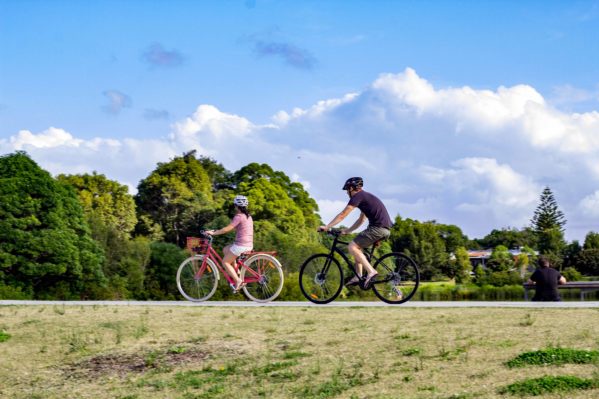
With this in mind, I built a training plan for EZ and I to work up to the race distance on our road bikes, and I even managed to get her comfortable on the trails. She is still a bit risk-averse for mountain biking, be there is a place and a pace we can enjoy trail-riding together.
Here are the fundamentals for successfully introducing someone to cycling:
Let your partner set the pace – They need to be comfortable riding before they are going to be able to watch your form. Let them ride in front so you don’t have to keep looking back to make sure they can keep your pace. Not only is it dangerous for you, it will make them uncomfortable because they feel like they are holding you back, thus ruining the ride.
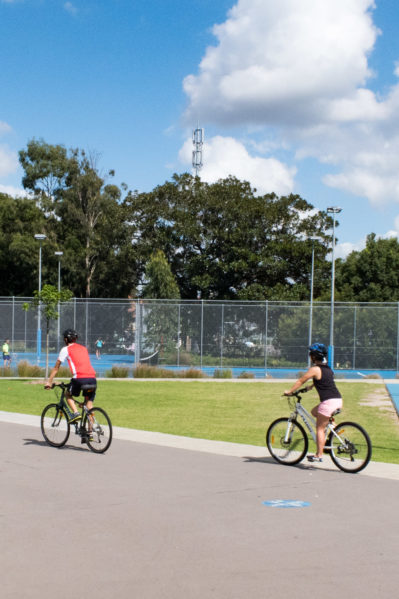
Do not offer any tips or tricks – Yes, you know a lot about riding, but unless you’re asked keep your mouth shut. Few things are worse than your partner (equal!) talking down to you. I know you are trying to help, but with the stress of riding in new places, it will feel condescending, regardless of your intent. Instead, share the occasional article or video back home to stoke your partner’s interest and learning, and when they are picking out a bicycle, stay out of it. Let the salesperson help them choose the right type of ride, or have them read through our articles on 5 Questions to Choosing the Right Commuter Bike or The Essential Guide to Buying Your First Adult Bicycle.
Explain why you do things – The key to this one is to explain beforehand. Be a predictable rider, use hand signals, and avoid darting through yellow lights, traffic, and other tight places that require a higher level of bike-handling. When you want to take the whole lane, explain that it is because you need to be defensive, and taking the whole lane prevents cars from passing too closely. You process decisions in a split second using logic that you built over countless miles. Things that just make sense to you may seem counter intuitive to a new rider.
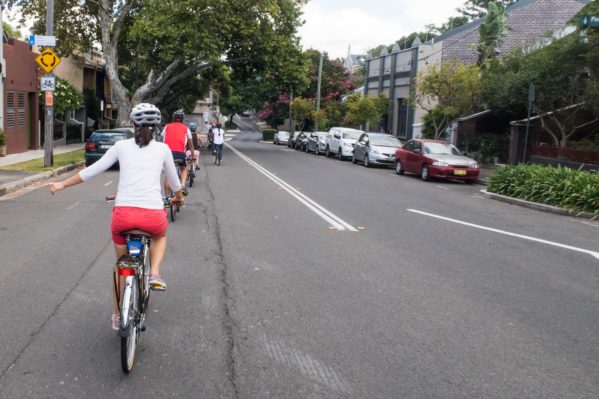
Route communication – Let them know what the route is, what kind of hills to expect, and how long you plan to ride. Be prepared to stop, and when you plan the route, make it the safest and most comfortable, not the fastest. Most importantly, make sure you ride the route first.
EZ and I invited my, soon-to-be father-in-law on a “45-50 mile” route that was new to us during the later stages of our triathlon training a few years ago. Unfortunately, we missed some turns, and it turned out to be a rather grueling 67 mile ride. It was not the most pleasant ending, even though he did eventually forgive me. Riding the route first means you can communicate better on the ride and about the ride – added bonus, you also know the exact length.
It really is that simple to have a great day riding with your partner. They are out there to spend time with you, and if you endeavor to make it enjoyable, they will learn to love riding as well. If your partner is hesitant to ride with you, point them to this post, explain your plan, and stick to it.
There you have it, how to make your partner like cycling.
Simply put, slow down and enjoy spending time with your partner. Someday soon you may be begging him/her to slow down and wait at the top of hills for you!
Pin this:
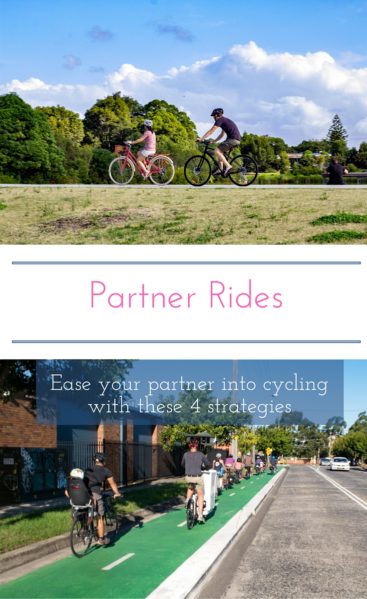

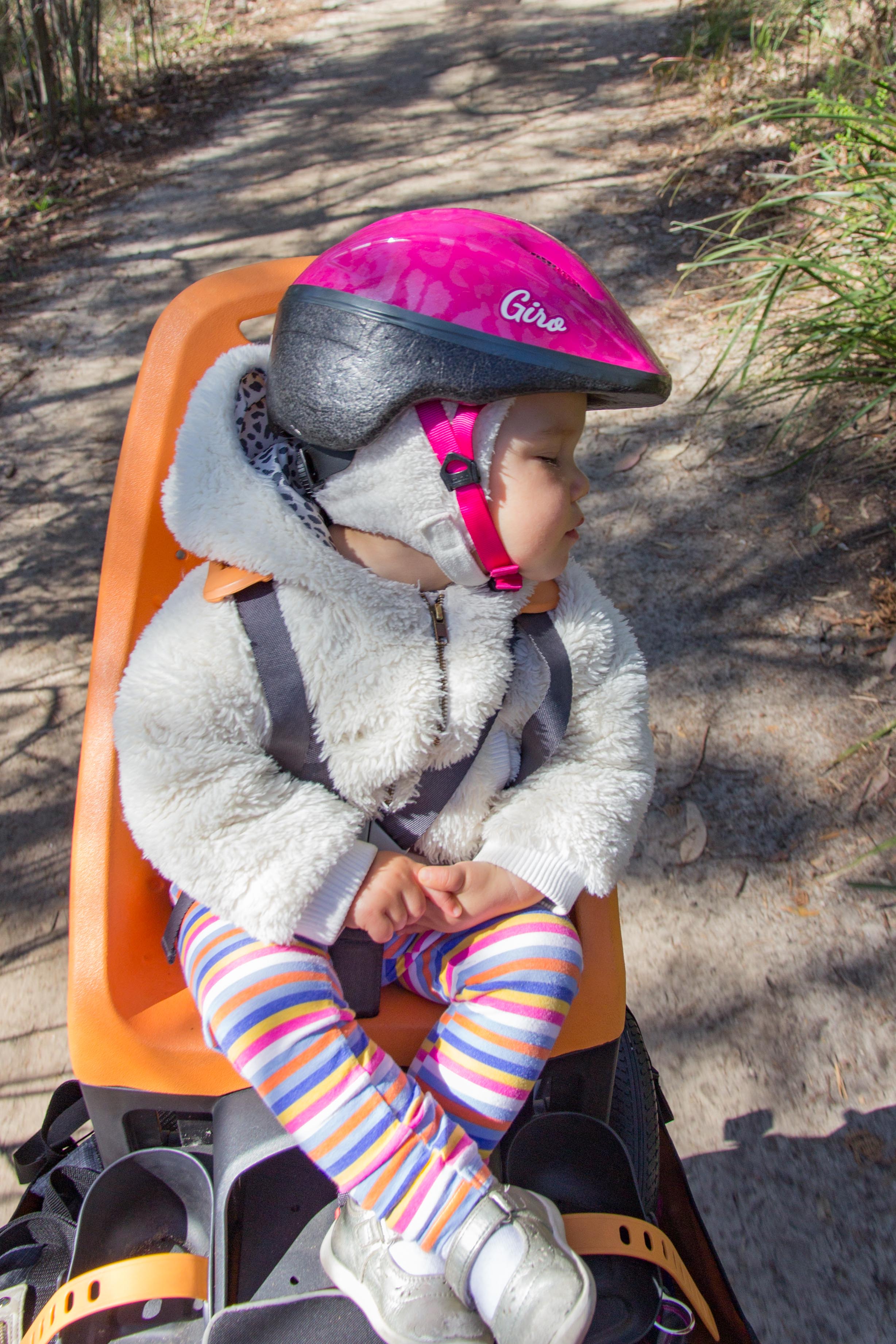
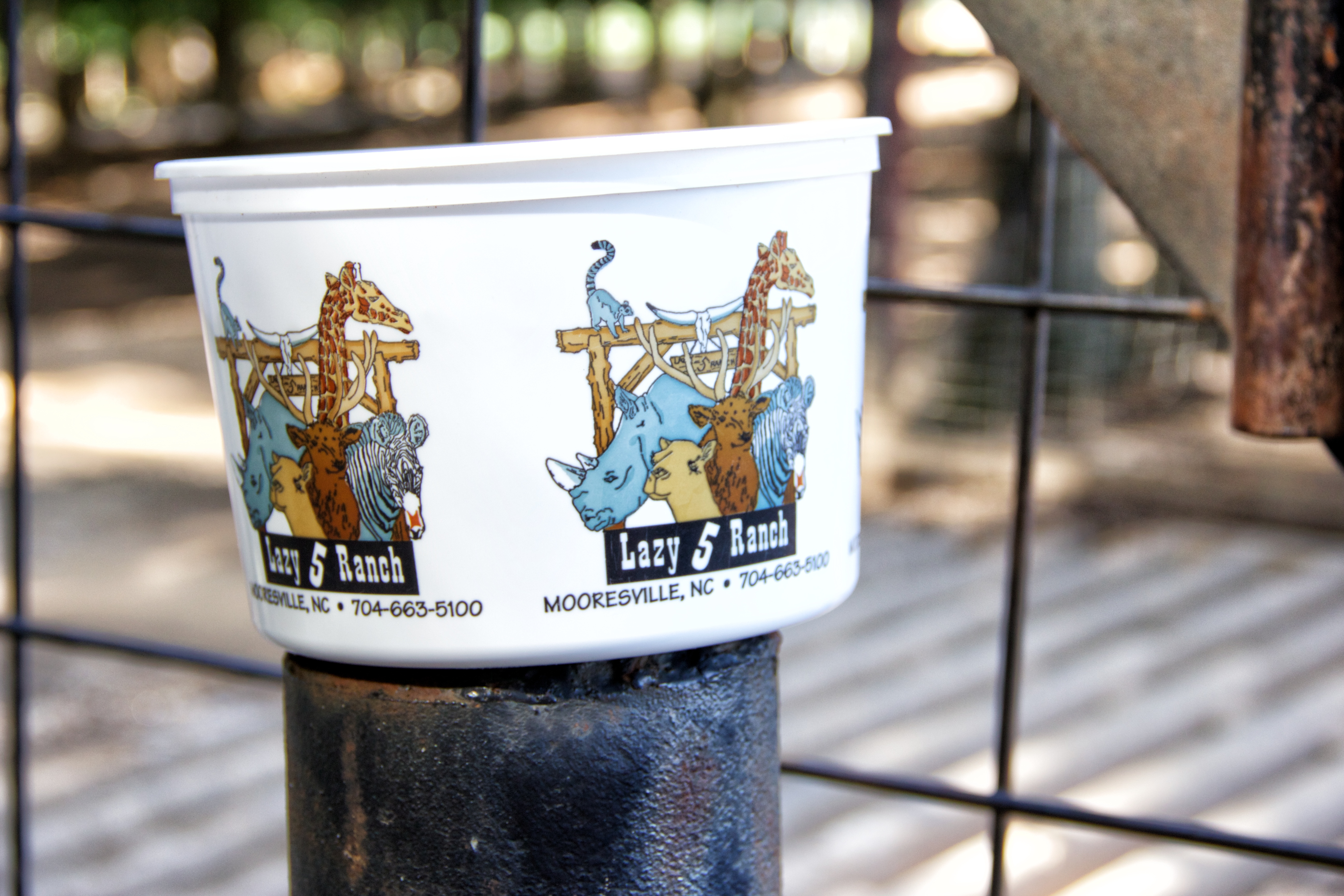
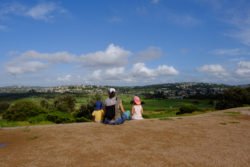
67 miles?! You never told me we went that far!! Forgiveness revoked!! 😊